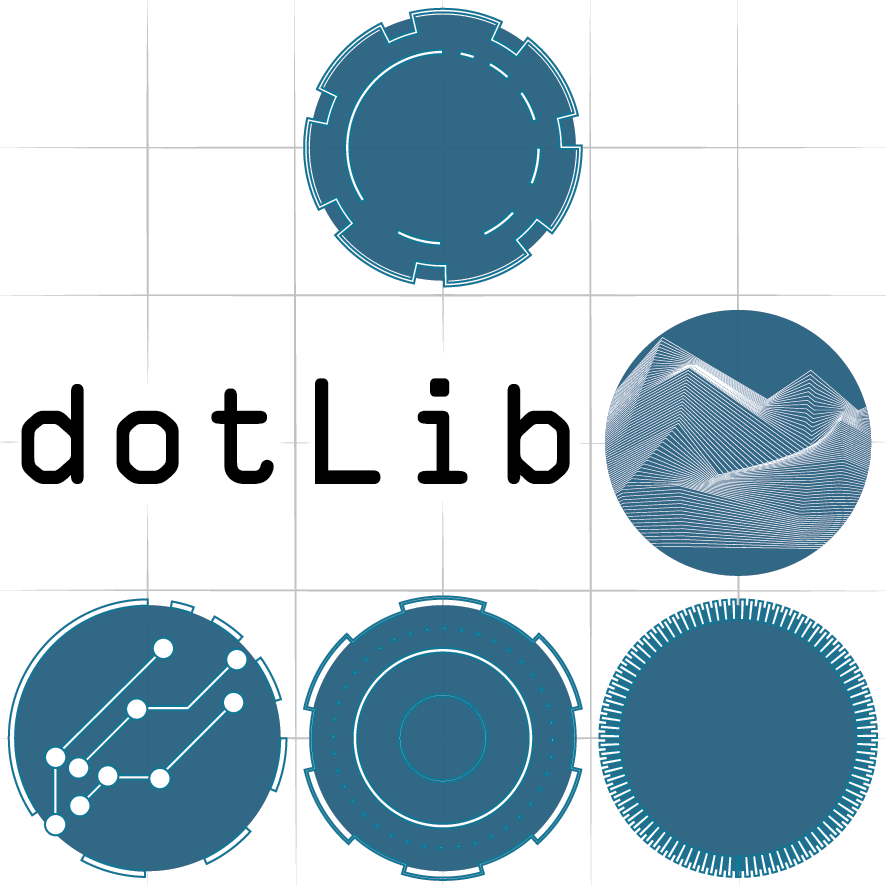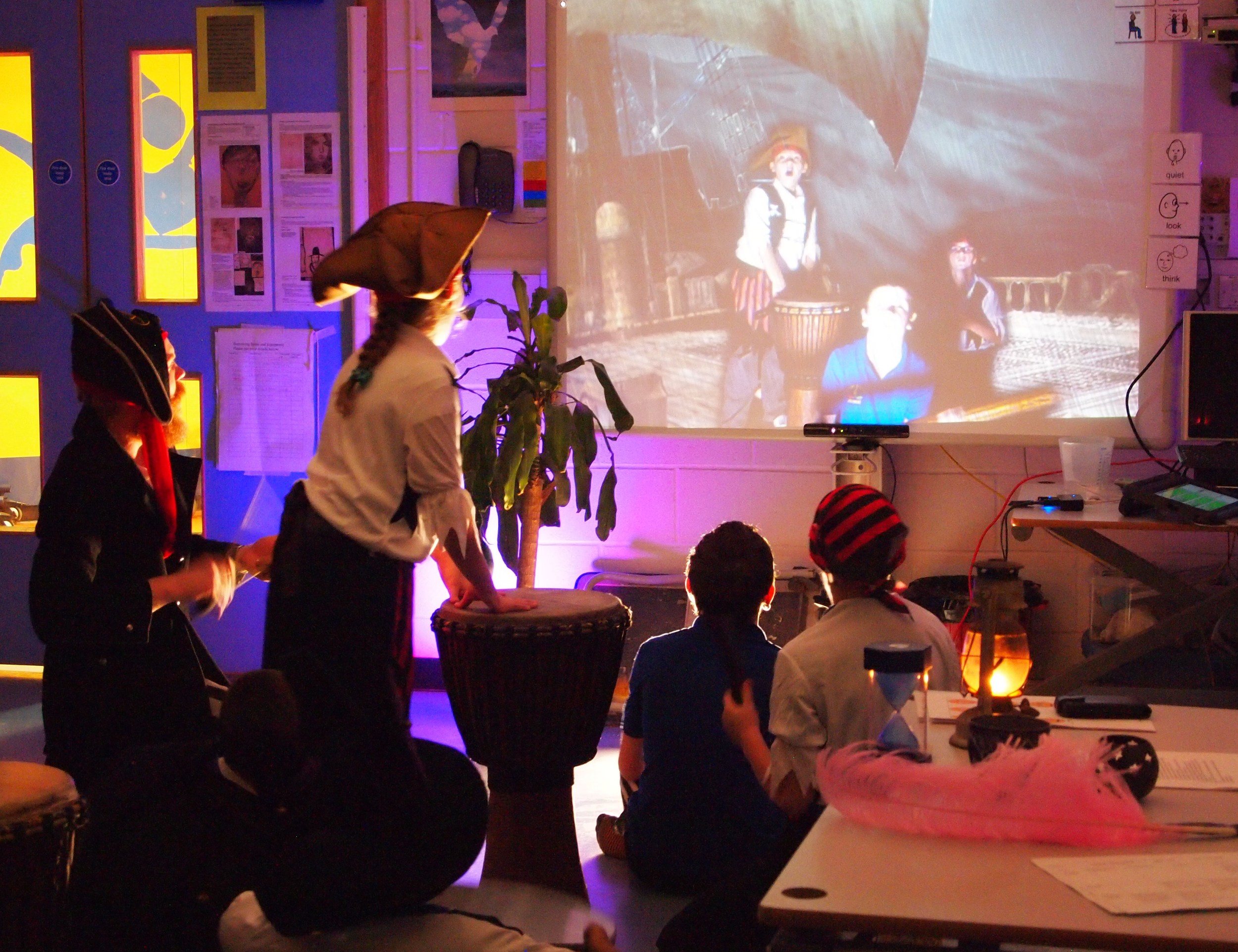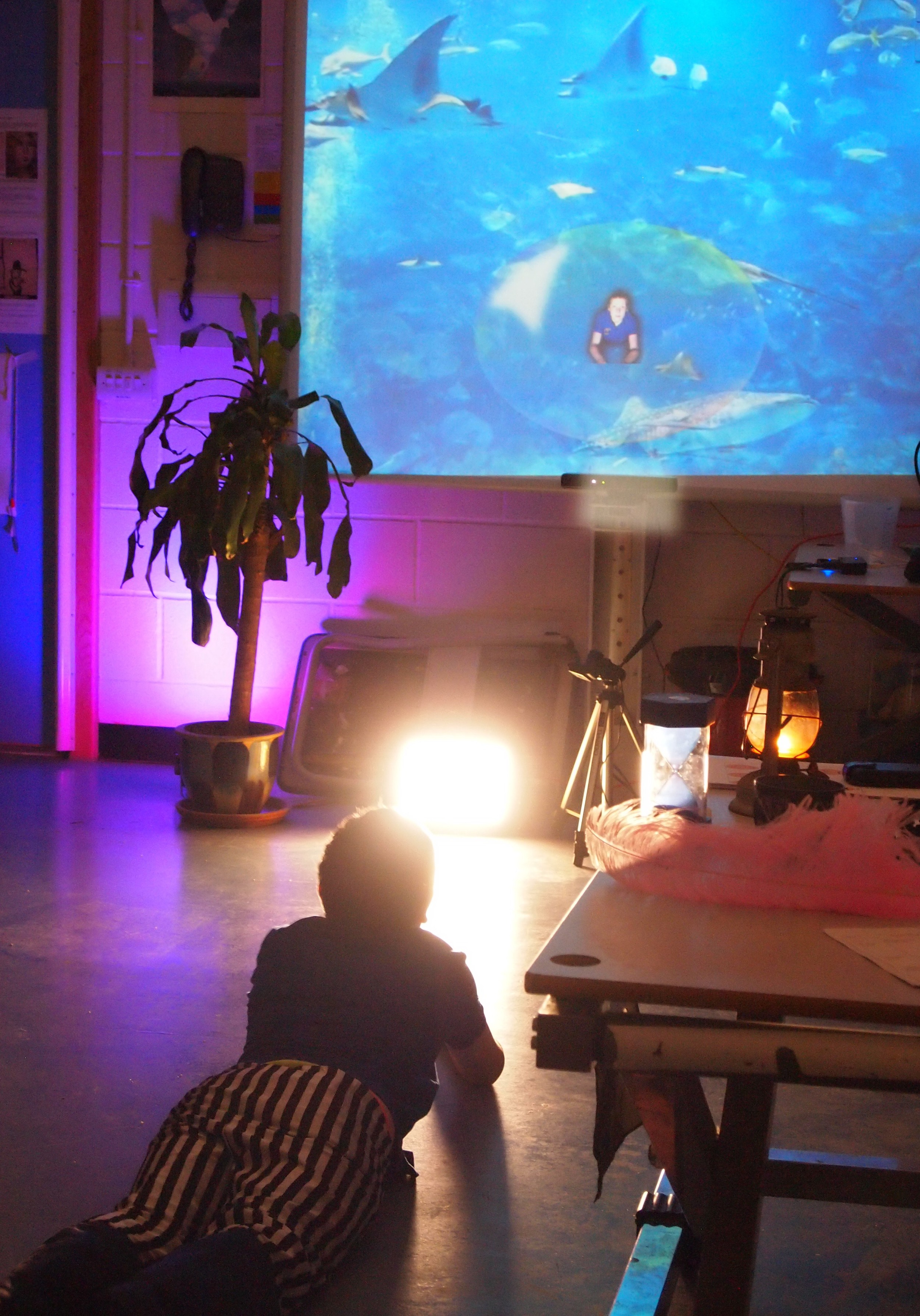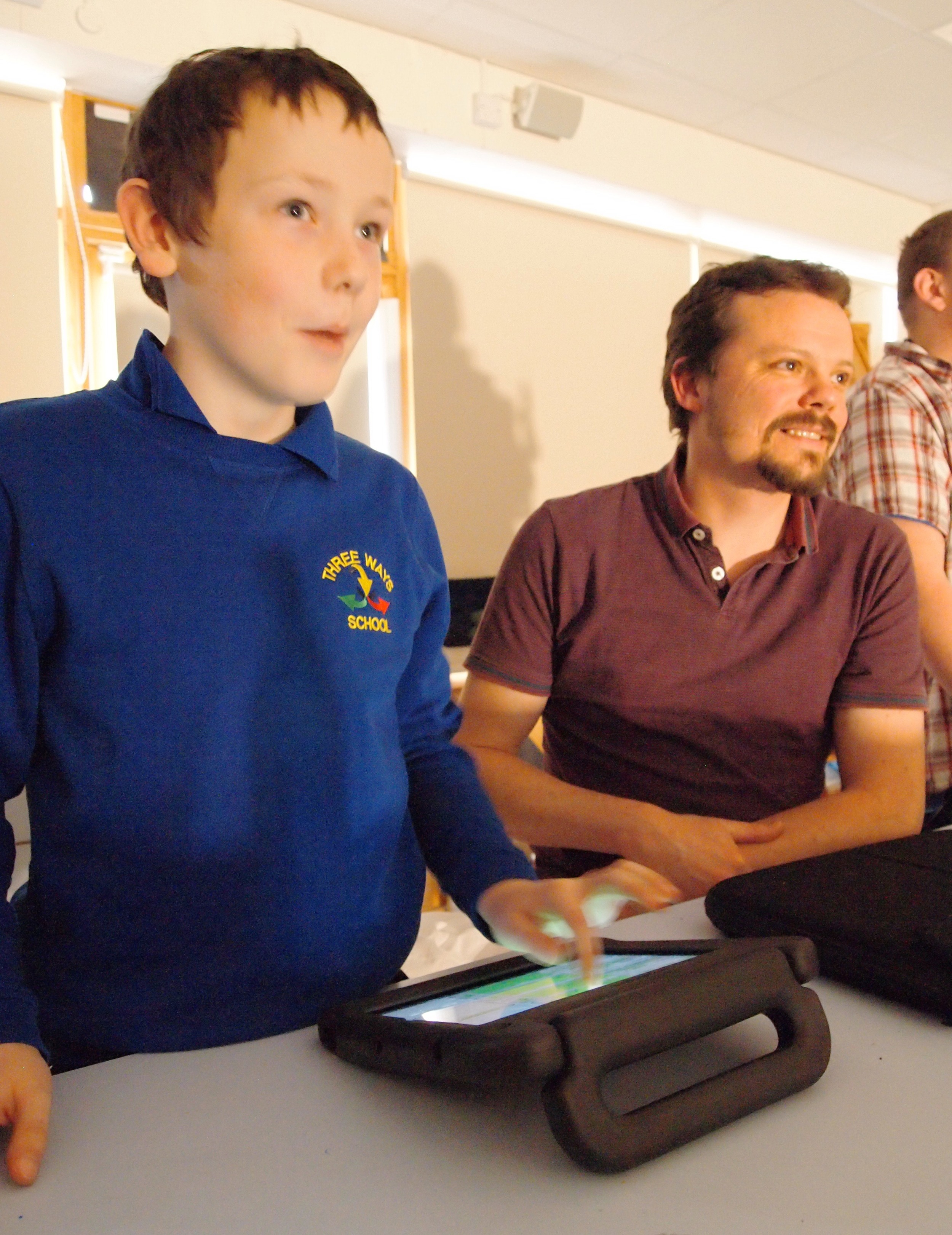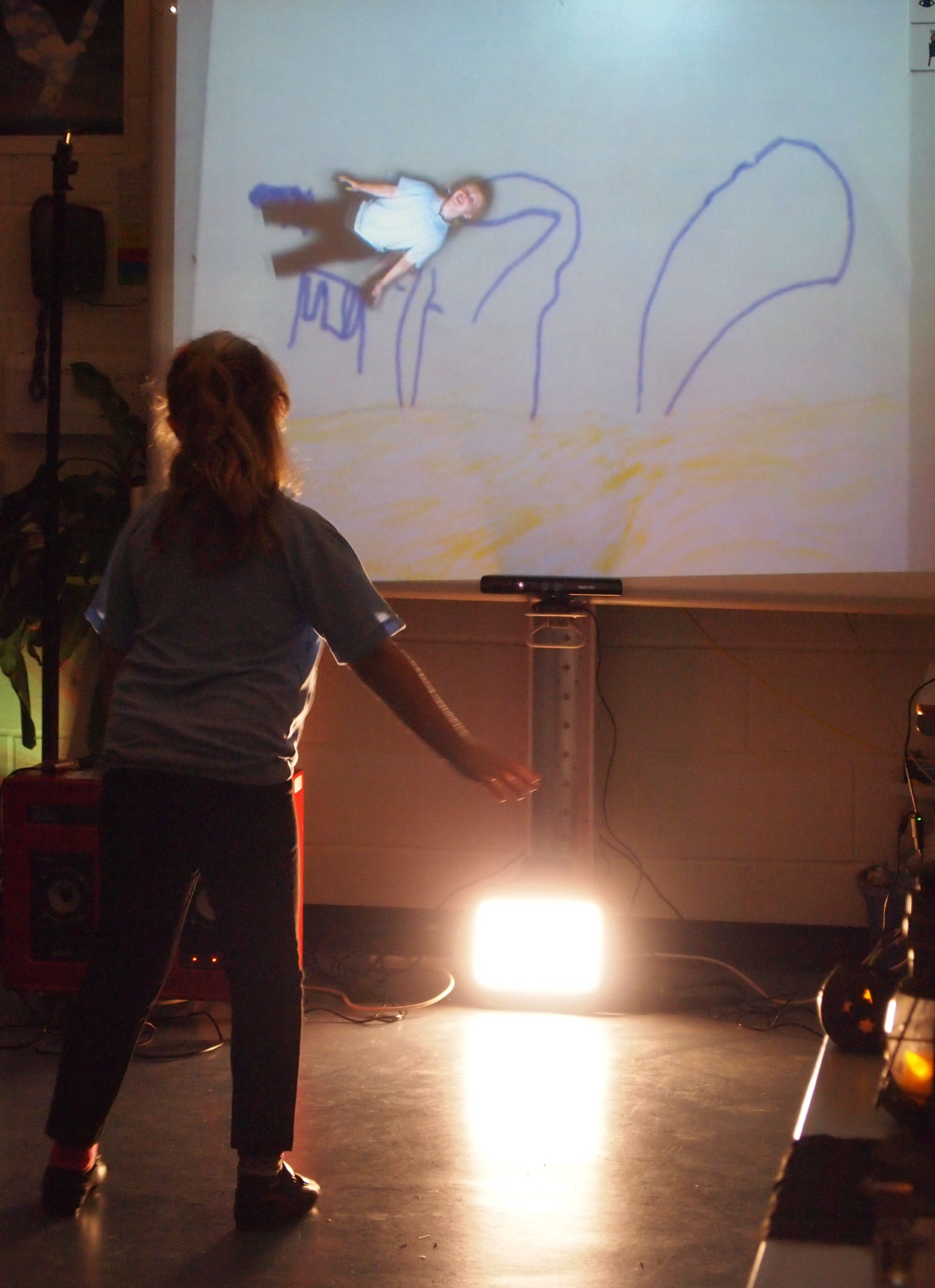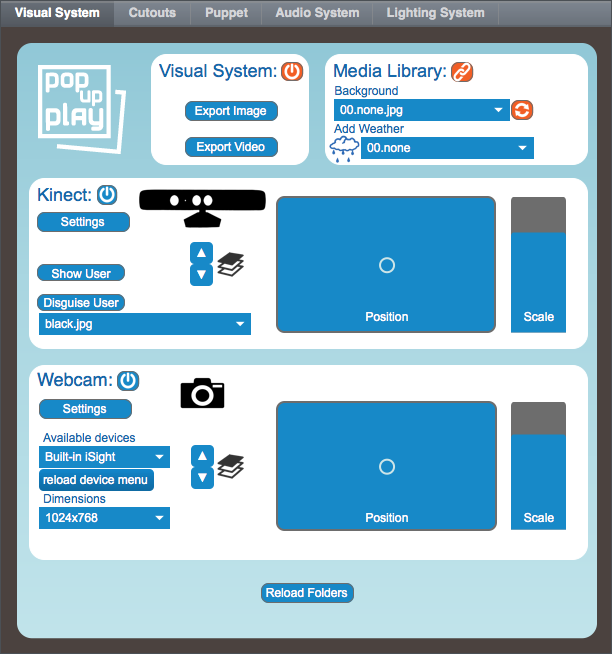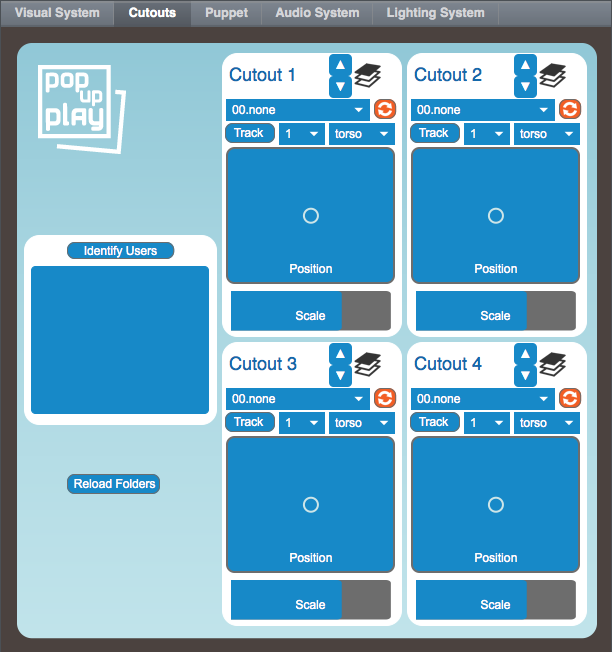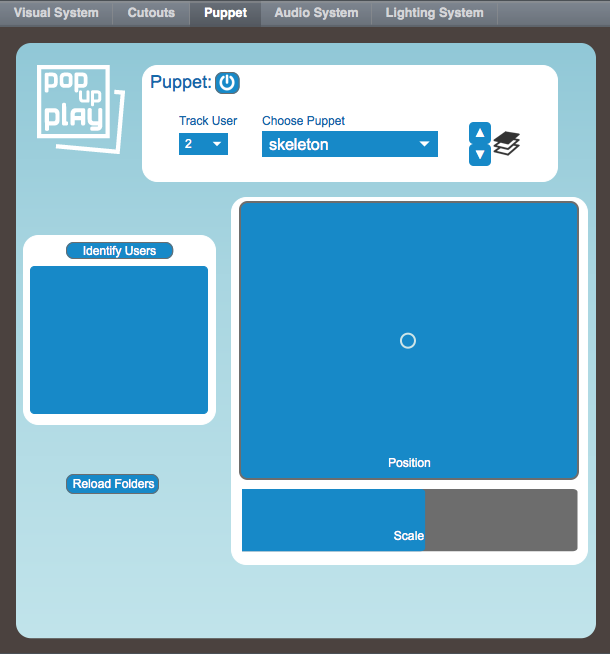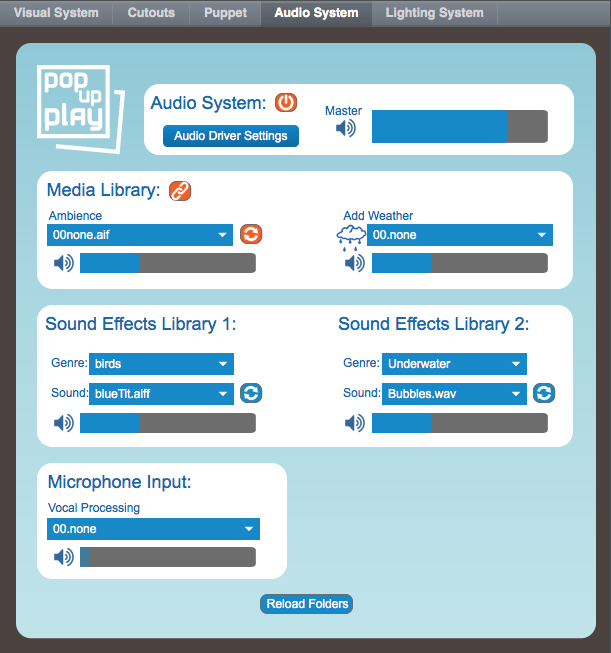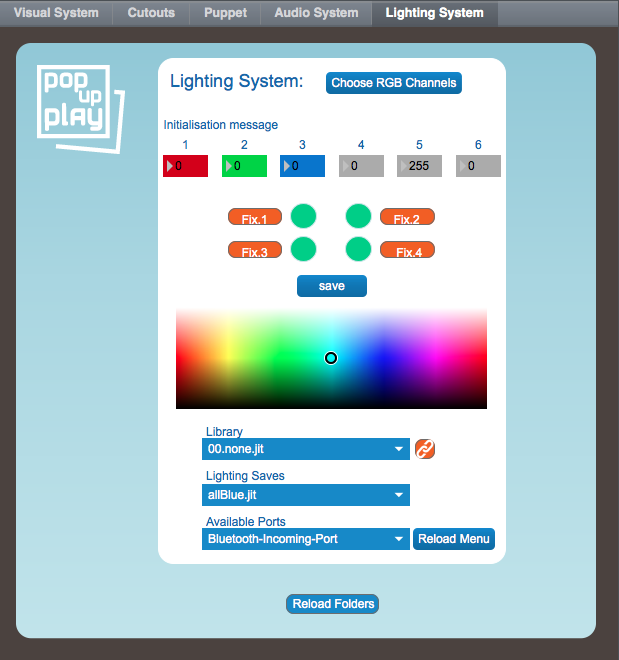Pop Up Play
During the Pop Up Play project Dotlib worked in partnership with The Spark Arts for Children and De Montfort University. This project was funded by the Digital R&D Fund for the Arts (a partnership between Nesta, Arts Council England and the Arts and Humanities Research Council).
Pop Up Play was an exciting research project, looking at how immersive digital technology and mixed reality can create learning opportunities for young people to enhance their creativity, language and communication skills. The project was completed in March 2015 and an open source product that is freely available to use by all was released.
The system is comprised of 3 parts: a video system, an audio system, and a lighting system. All systems have a bank of selectable settings and media that can be linked together to provide one button scene changes. Adding the capability for accessible controls on the iPad enables the workshop leader to be mobile whilst running the session and also for the young people themselves to be able to take control.
The visual system makes use of a 3D depth sensor, namely the Kinect camera. This enable us to bring the participants into the screen whilst cutting out the background. From here we can mix elements of the digital and real world together and due to the body tracking capabilities of the Kinect camera we can also track items onto a users body or indeed do full body digital puppetry. The video system can also make use of a usb camera or visualiser as input enabling us to bring real world items into the digital environment.
The audio system gives us a bank of ambient background sounds and two further banks of sound effects that can be used over the top as well as microphone input. As with all parts of the system, all that is required to change or add to media, is to simply add or remove things from a folder structure. The system will simply pick up new files when restarted. For example, users of the system could create their own body parts for a digital puppet and just copy them into a folder.
The lighting system is designed to work with 4x 6 channel RGB DMX fittings, though by setting up the DMX devices with the same addresses you could have any number with 4 individual output colours. The lighting system is very simple to use, traditionally unlike a dedicated DMX system. With the use of a single finger a user can scroll through all the colours of the rainbow effortlessly.
